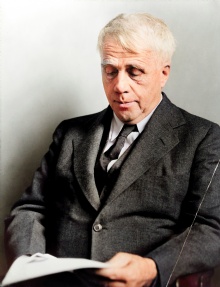"You have freedom when you're easy in your harness"
About this Quote
True freedom is sometimes imagined as an absence of constraints, a state where all limits are removed, and one is answerable to nothing and no one. Yet, paradoxically, a horse’s harness, typically a symbol of control and restriction, becomes a metaphor for real freedom in Robert Frost’s insight. The harness holds the horse’s energy, gives it direction, and allows its strength to contribute to purpose or achievement, rather than being lost to aimless wandering or chaos. Freedom is not so much about being unbound as it is about being comfortable and at ease within the structure life provides or requires.
Ease in one's harness suggests acceptance and a kind of mastery. Rather than chafing against necessary responsibilities, societal norms, or personal duties, one finds a way to move harmoniously within them. This harmony stems not from resignation but from understanding and internalizing the value of these constraints. Like the horse working with its harness rather than against it, true freedom is found in integrating individuality with obligation, autonomy with connection, and desire with discipline.
Resisting all harnesses, be they relationships, work, or moral codes, often leads not to liberation but to isolation or aimlessness. Conversely, being forced into bindings that do not fit will never allow ease. The sweet spot lies in discovering and embracing those structures that allow one’s talents and passions to flow purposefully, in choosing paths aligned with personal values and being present and graceful amidst necessity. Rather than feeling trapped, one feels empowered within the framework, free to move and to be oneself.
Ultimately, the quote points toward an evolved understanding of liberty: maturity consists of finding one’s balance, joy, and self-expression not beyond all limits, but within a chosen or accepted order. True freedom, then, is the serenity and adaptability to move with life’s reins, not just despite them but because of their steadying presence.
More details
About the Author
